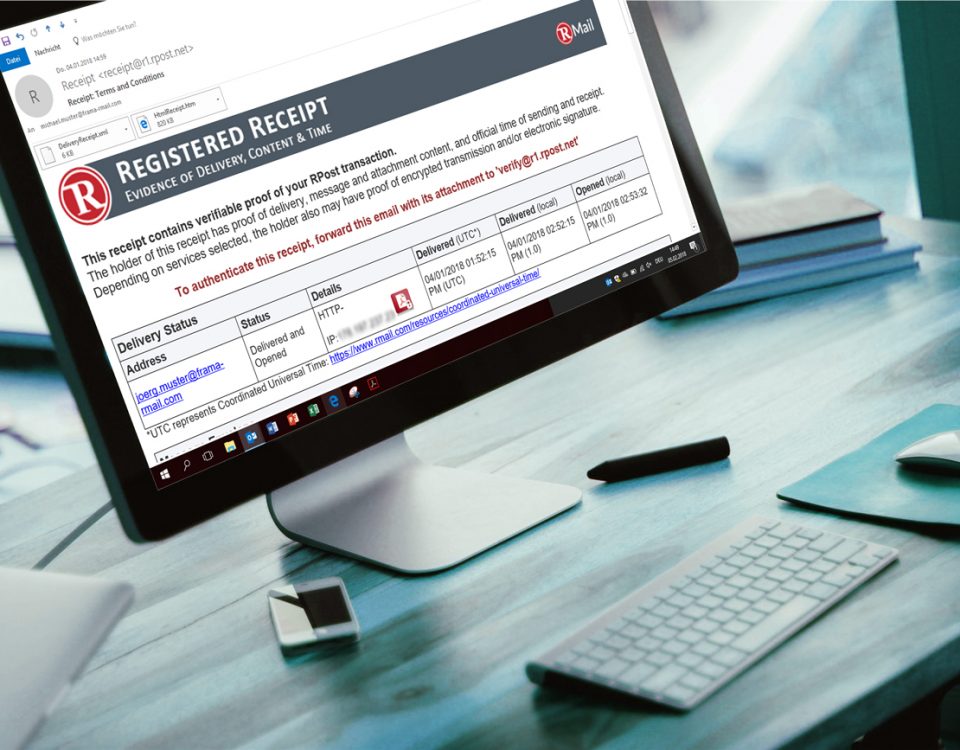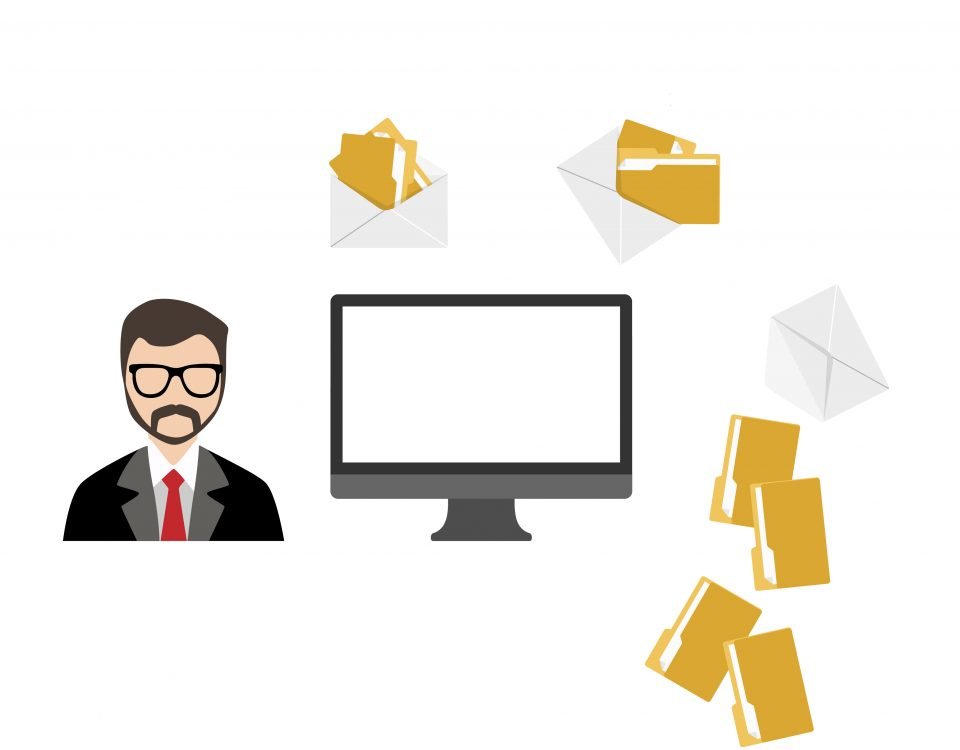
Done any tricks today? About Email missunderstandings and half-truths (part 1)
Prevent identity theft and data misuse
24/05/2017Done any tricks today? About Email missunderstandings and half-truths (part 2)
19/07/2017Life without e-mails is unimaginable today. E-mails are THE communication medium, particularly in the world of business. PDF documents are sent, assurances made, agreements prepared and contracts delivered, all in fractions of a second. Comfortably, without media interruption and "in writing".
In this series, which will be published at irregular intervals, we will take a closer look at the subject of "e-mails", in particular which effects the one or other half-truth might have and, most recently, which facts could put employees and possibly also companies in a difficult position.
Can you give me that in writing?
Sure, anybody can do that. But whether that would be sufficient in the event of a problem is questionable. The eternal question "Who said what to whom“ can only be answered rather inadequately via e-mail. This article and those to follow are intended to shed some light on this issue and provide food for thought. In so doing, we will leave any potential legal issues regarding the text and written form out of the equation.

Never trust an e-mail that you haven't changed yourself!
E-mails can be very easily manipulated. No matter whether in the "hard-backup file" with thousands of printed e-mails or in the massive gigabyte e-mail filing system: both can be easily forged without leaving traces. Here are some examples from the popular e-mail client, Microsoft Outlook:
Example 1: Manipulation of the time stamp for the hard-backup file
Forgotten to forward an e-mail? Simply adjust the date in the e-mail to be forwarded! Then re-print (works also for e-mail addresses).

Example 2: Manipulation of the content for the hard-backup file and e-mail filing system
Does the content need to be subsequently adjusted? No problem, just open the original e-mail, edit and save. The e-mail will appear in its changed version in the same place in the e-mail filing system. Nobody will notice. The changed e-mail can then be printed again, as the time stamps will still be the former ones...
And if you cannot find the original e-mail, simply create a replacement with the word processing program and file it in the backup folder. Finished!
So being sceptical is justified!
Trust is good, control is better. And providing the right proof in case of any doubt is better still. So it is well worth questioning the existing e-mail processes. In the event of a dispute, who can say which e-mail is the original and which is forged?
RMail can help here. Its unique proof of delivery contains the time stamps, the original content, the participating e-mail addresses and the encryption mode (if used) — making your e-mails forgery-proof, verifiable and able to be authenticated.





